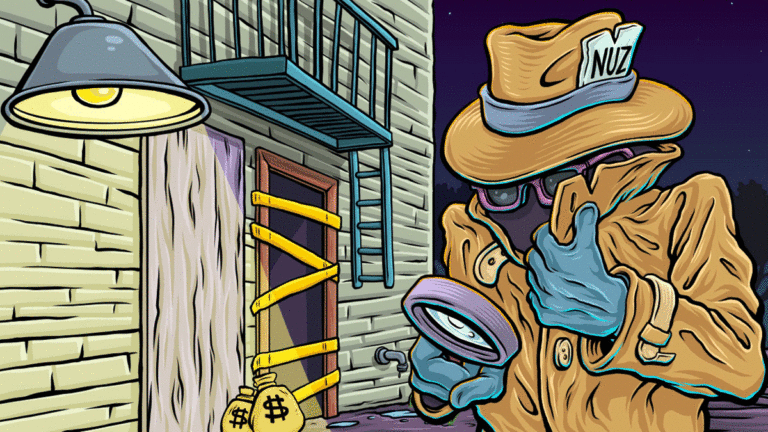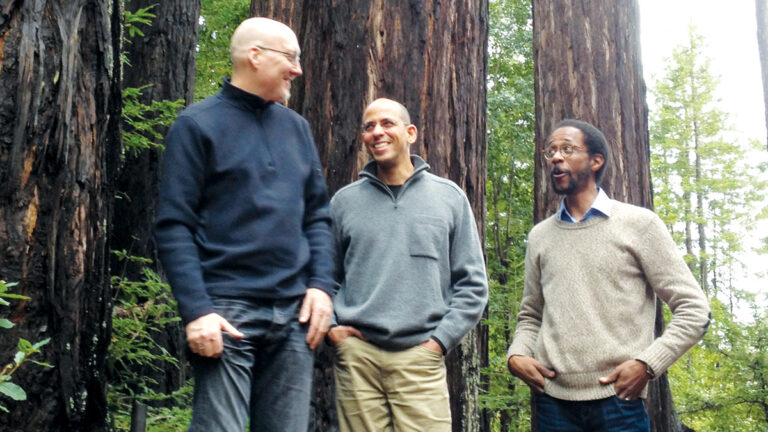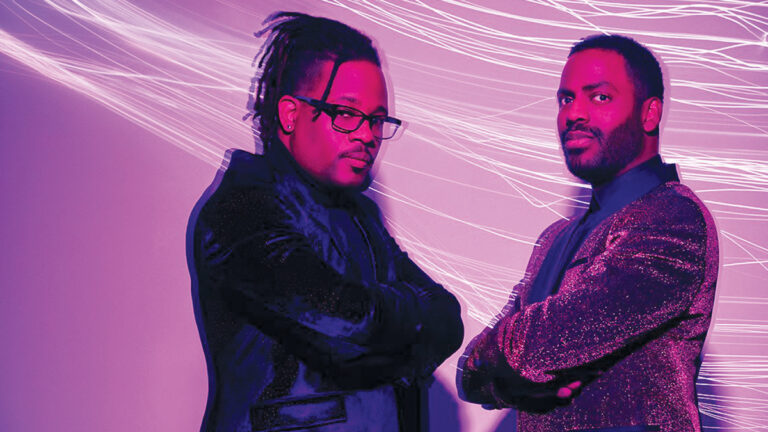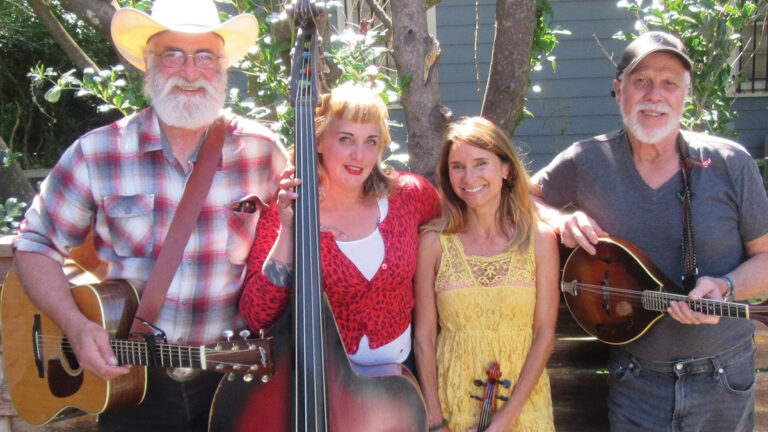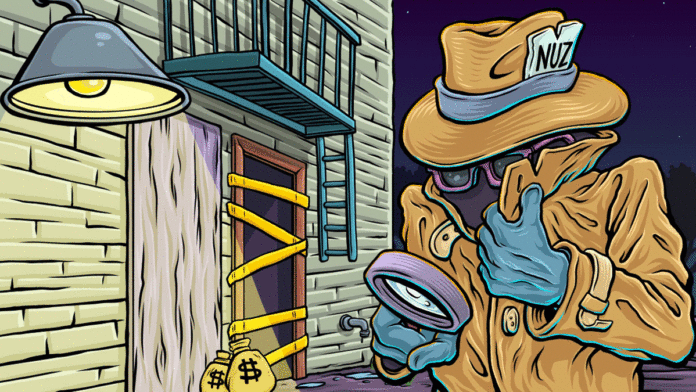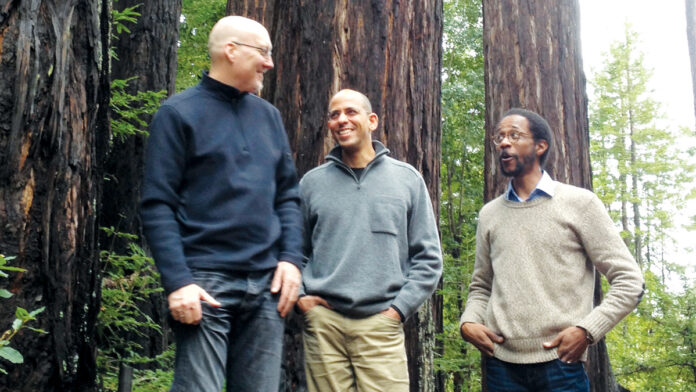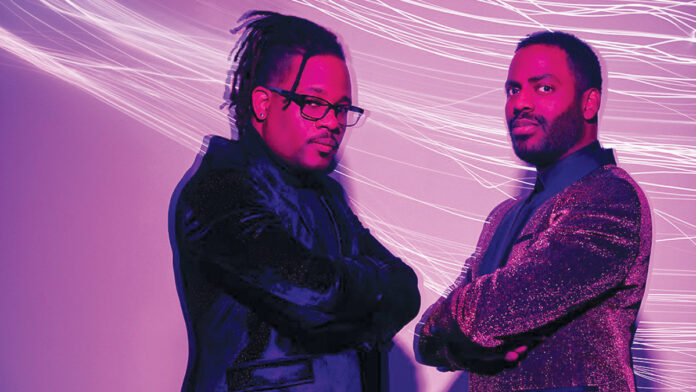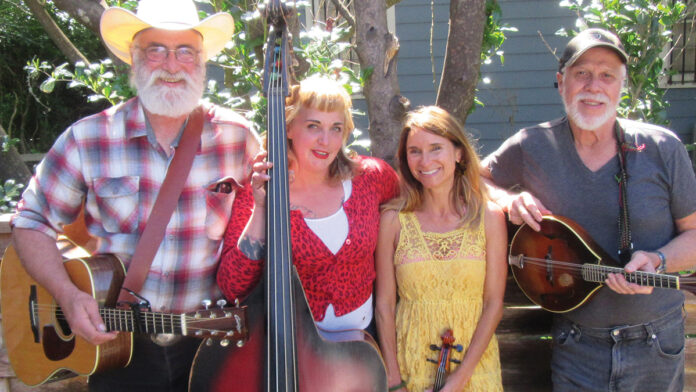COMMISSION TO SPEAK
The Commission for the Prevention of Violence Against Women has recently had two resignations. Chair Kevin Grossman and Vice Chair Leila Kramer both left the body, after it was pointed out that the commission strayed from its bylaws when requesting the Santa Cruz City Council reconsider a tabled censure against councilmembers Drew Glover and Chris Krohn, who each violated the city’s conduct policy, according to a city-funded investigation.
There will be many takes on this news, some of them warmer than a political hot potato in the microwave. But it’s refreshing to see that sometimes—even in the year 2019—when people get caught doing a wrong thing, they really do resign.
Also, Nuz bets its last five bucks that Krohn and Glover will look for a way to use all this opportunity to grandstand about how they—and not the women who brought forward complaints—are the real victims.
BLOG WHISTLES
Bruce Bratton, a longtime gossip columnist who’s run his own site for years, has taken a break lately from ranting about Abbott Square. Instead, he’s spent the past two installments arguing with himself about whether Vice Mayor Justin Cummings is “conscientious” or not. (Bratton’s verdict is that no, Cummings isn’t.)
Both Bratton and fellow Bratton Online writer Gillian Greensite, a local environmentalist, are disappointed that Cummings voted in favor of a new West Cliff Drive housing development. Nevermind that the council was legally required to approve the project. Or that it will provide 10 low-income condominiums, including two housing units of the very low-income variety that’s been so difficult to build in Santa Cruz.
They just don’t want to see a new tall-ish building at Bay and West Cliff.
If you’ll forgive the following tangent, all the rancorous opposition to the project frankly represents a moment of hypocrisy among many activists. Environmentalists have relentlessly opposed building a new downtown parking structure with housing and a library mixed in, because they say that, as a society, we need to move away from driving. “House people, not cars!” they often chant. OK, fine. But what about when the opportunity comes to re-develop a parking lot to build new homes at the edge of a job center, a short walk from downtown? Then, many of these same folks start tossing around vague complaints about protecting neighborhoods and how the Santa Cruz City Council needs to start standing up to money-hungry developers.
Whatever you think about developers, there’s nothing corrupt about a construction company making money for building a decent project. Seriously, it’s called the economy, people! It’s normal for someone to make money for doing a good job.
Anyway, the point is that blogging works best when writers show a willingness to think critically and the courage to stand up to the powers that be. Bratton and Greensite have no problem calling out developers. The same goes for Becky Steinbruner, Councilmember Krohn and former county Supervisor Gary Patton—all of whom also blog on the site, sharing similar viewpoints. And there’s something to be said for their perspective.
But don’t simultaneously undersell the power of influential green-washing activists who seek to block common-sense housing construction and act like they’re saving the planet in the process. Spoiler: They aren’t.
ARI DONE HERE?
Embattled Judge Ari Symons has announced that she’s canceling her re-election bid—after raising $100,000.
Dodging a bullet on this one are all the establishment Democrats who had supported Symons in one form or another, while also being complicit in the recall of Glover and Krohn. Had Symons’ bid dragged on, those same politicos might have looked like hypocrites. If you’re going to oppose poor conduct, do it across the board. Don’t just pick your spots based on personal or political allegiances.


